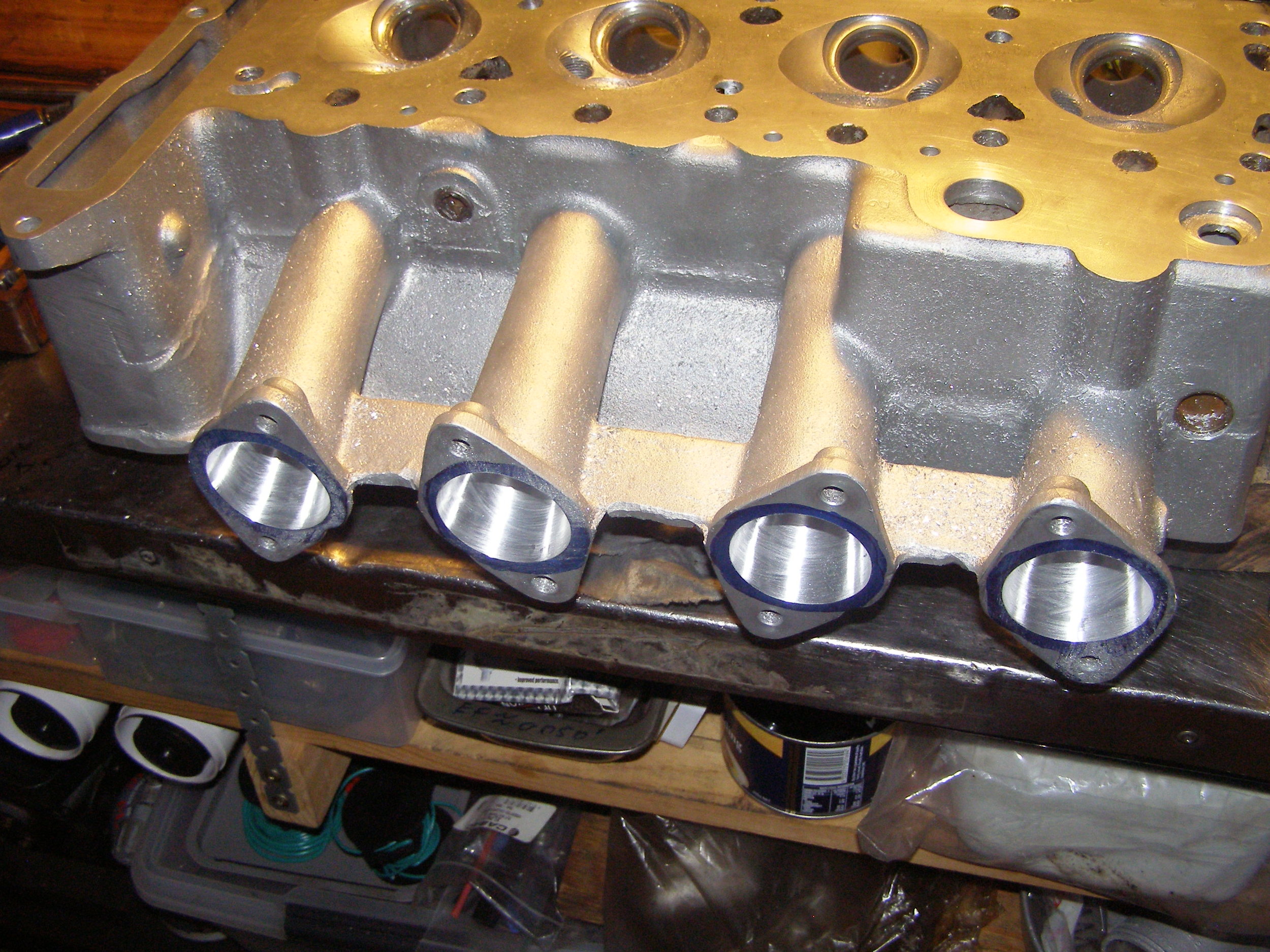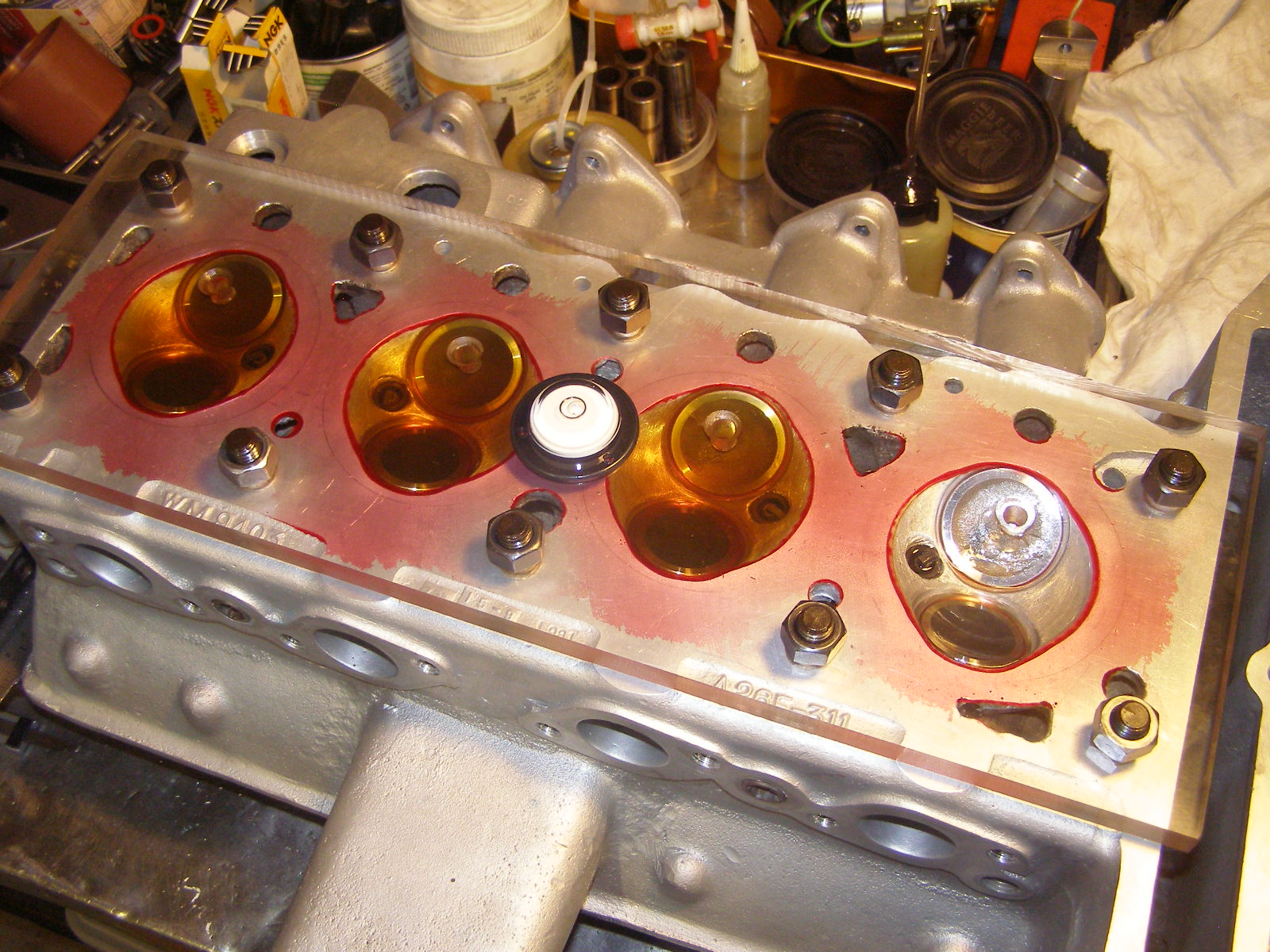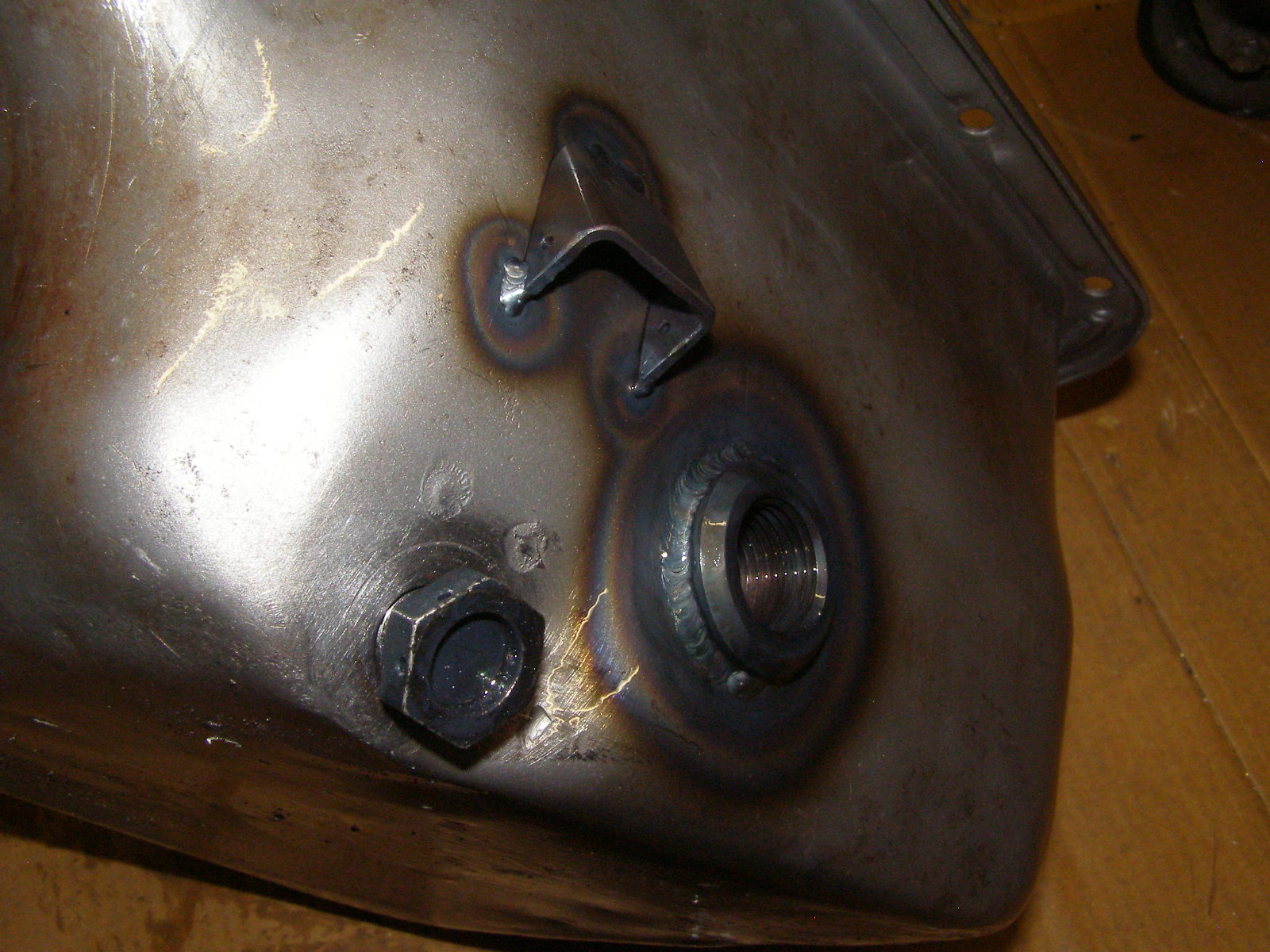The customer supplied 3 caps and rotors and all had signs of rotor to cap interference during previous operation. The broken rotor shroud pictured would be the end result of rotor to cap interference. Careful final assembly and clearance checks ensured no interference issues now exist on either of the two finished distributor assemblies.
OEM quality control and tolerance stack-up considerations seemed to be lacking a little with these (low volume) production items.
One cap and rotor amongst the spare parts provided by the customer had clear evidence of electrical arcing/tracking across the bakelite insulating surfaces. As the offset carbon coil post brush that communicates with the "ring" contact on the dual circuit rotor is some distance from the rotor centreline, this carbon brush has a high rubbing velocity inflicted on it my the ring contact, whereas the conventional on-centre carbon brush contact experiences very little relative rubbing velocity. Accordingly, the offset carbon brush experiences a high wear rate and the carbon dust worn from the brush deposits itself on the rotor and cap interior and can lead to cross-firing and arcing in the interior of the cap. To ensure this does not happen, this design trait needs to be recognised, and the distributor maintained accordingly, with regular cleaning of the cap interior and rotor to remove carbon dust residue and to ensure the required insulation integrity exists.





























